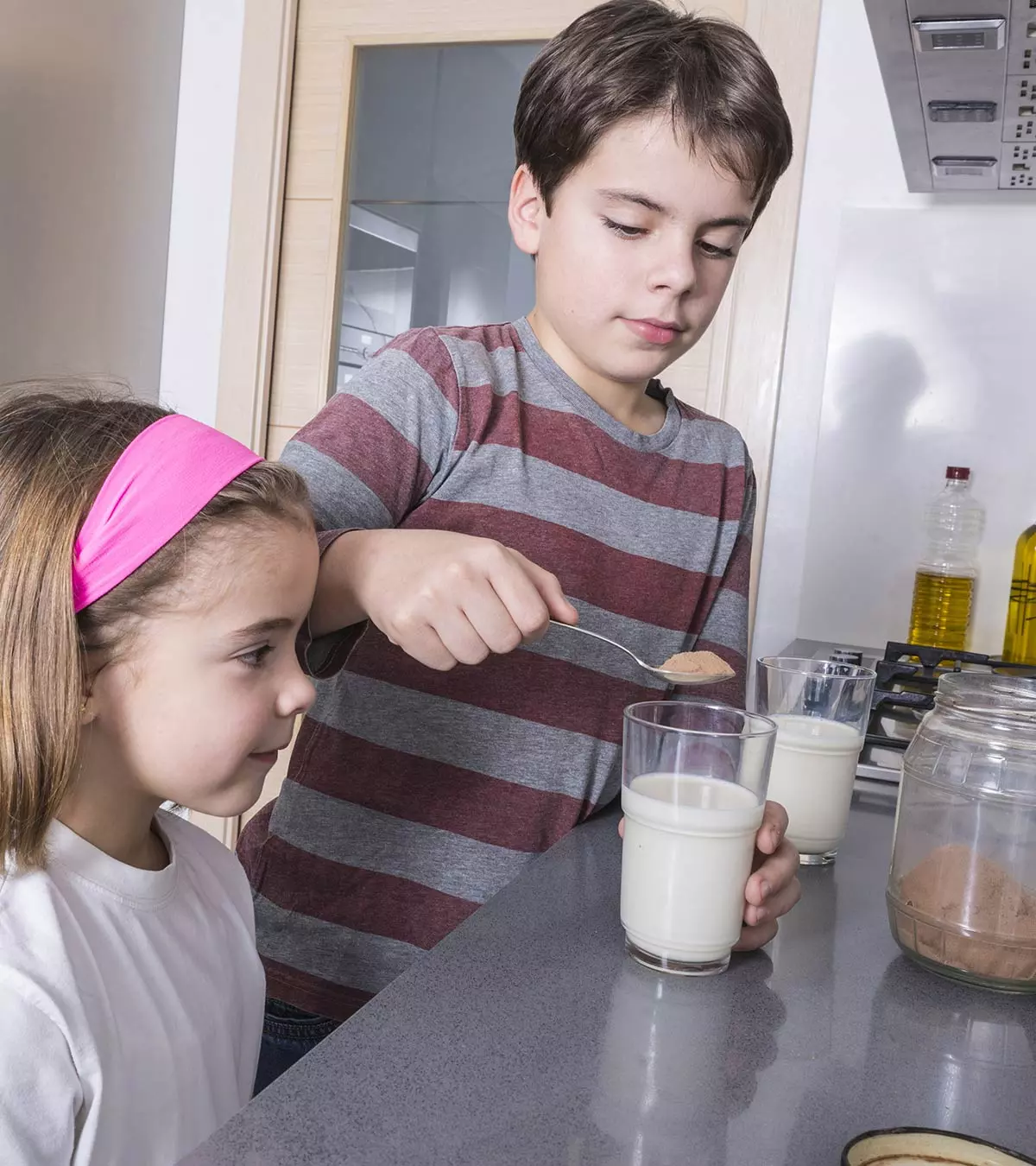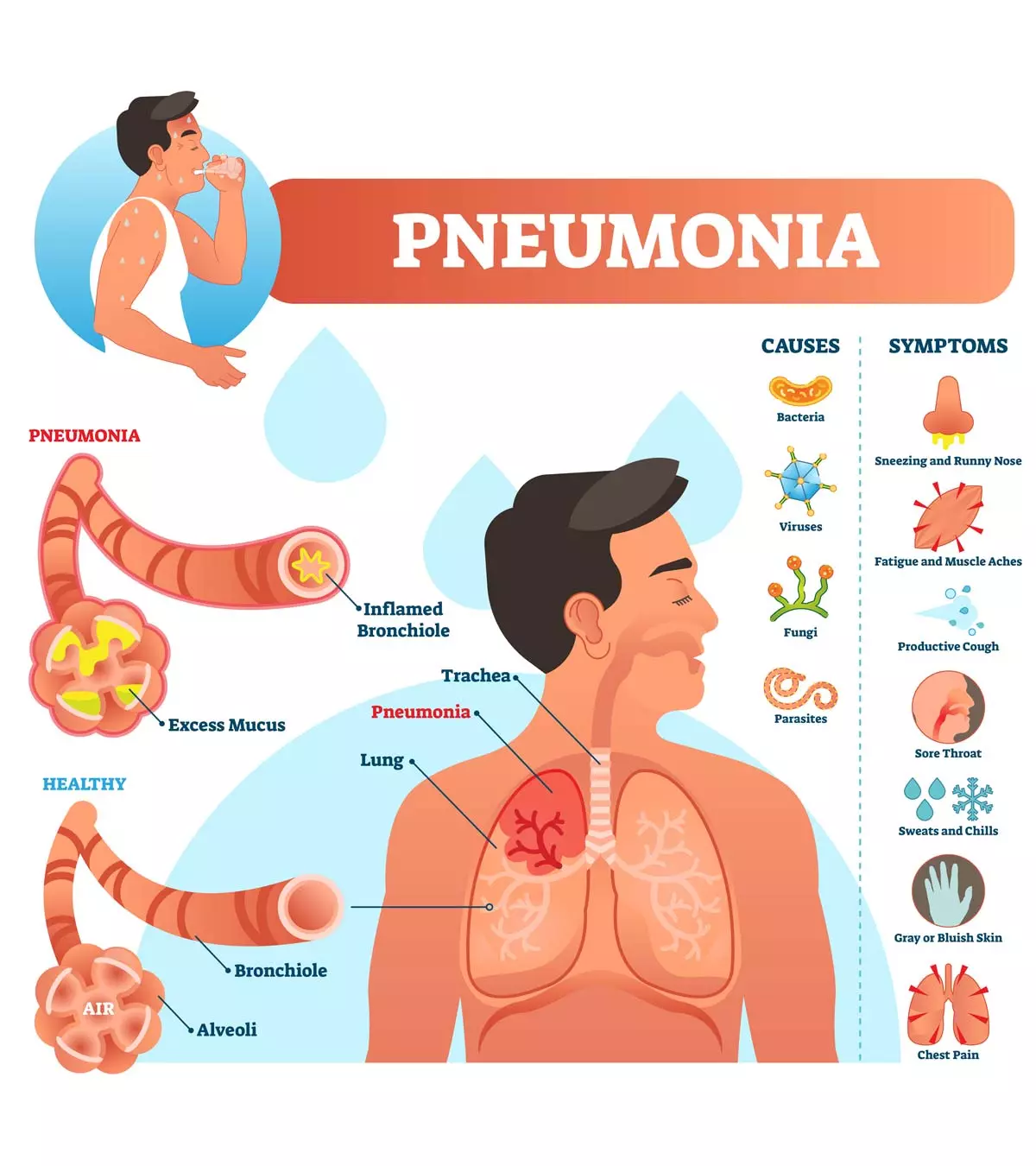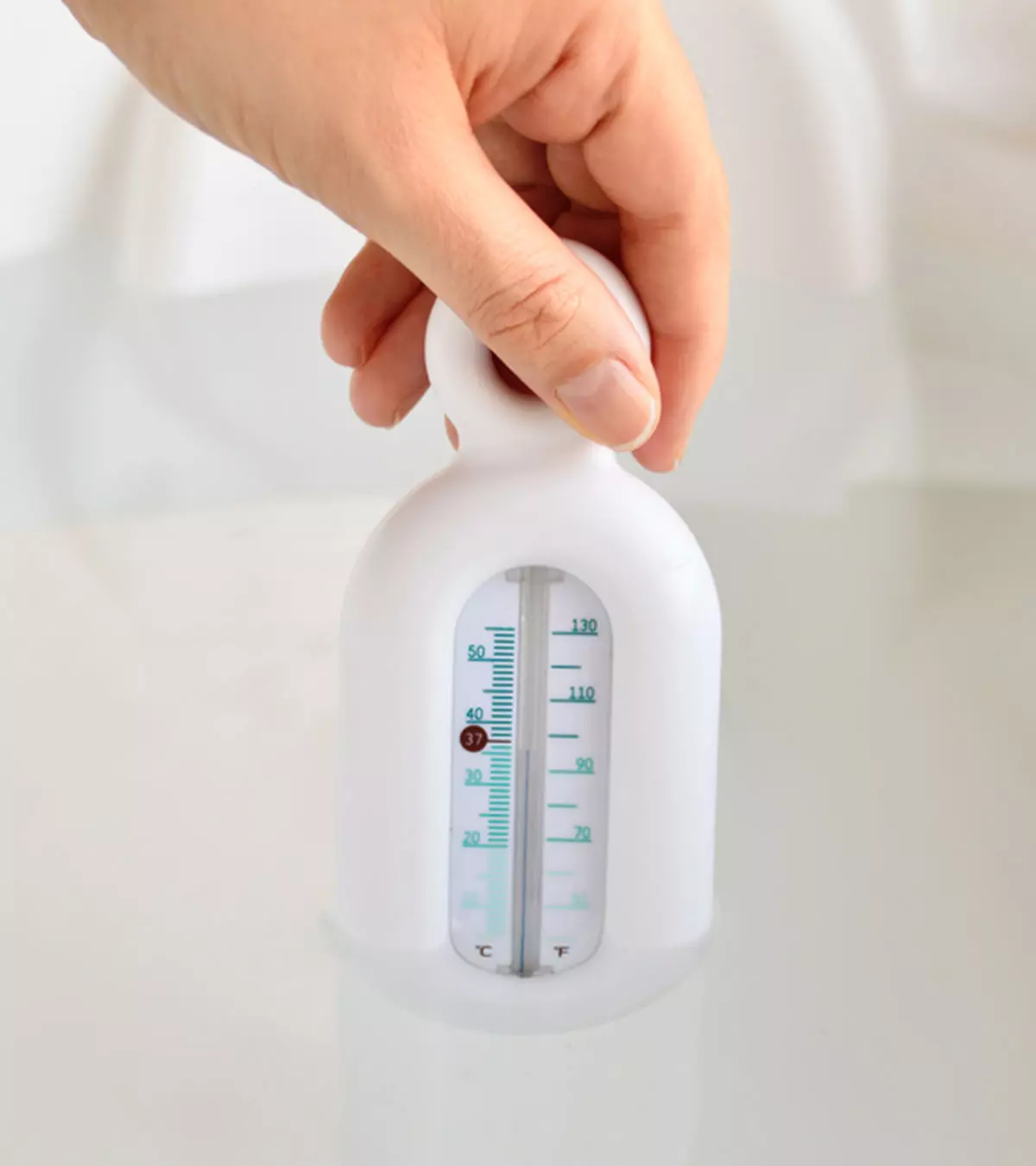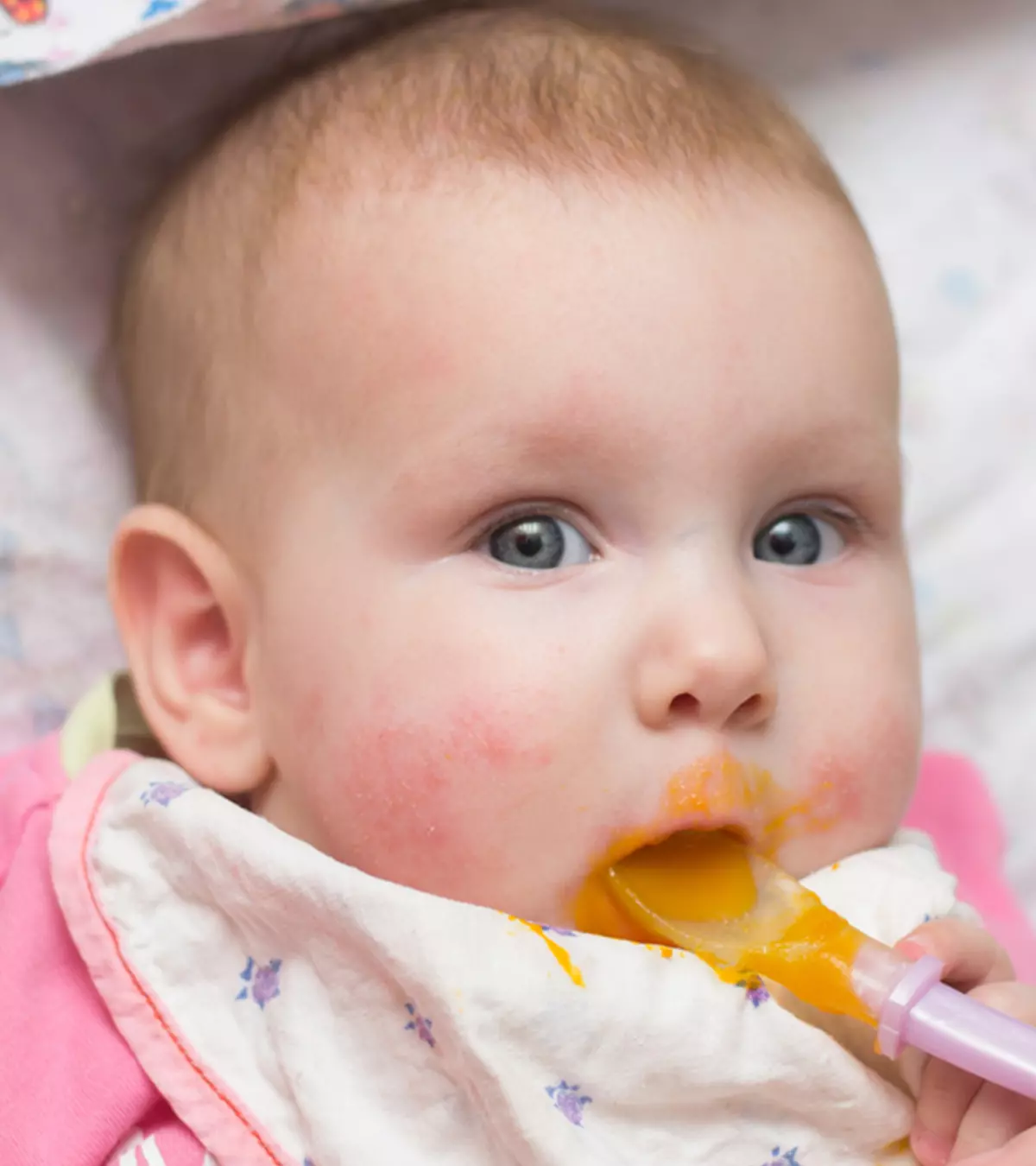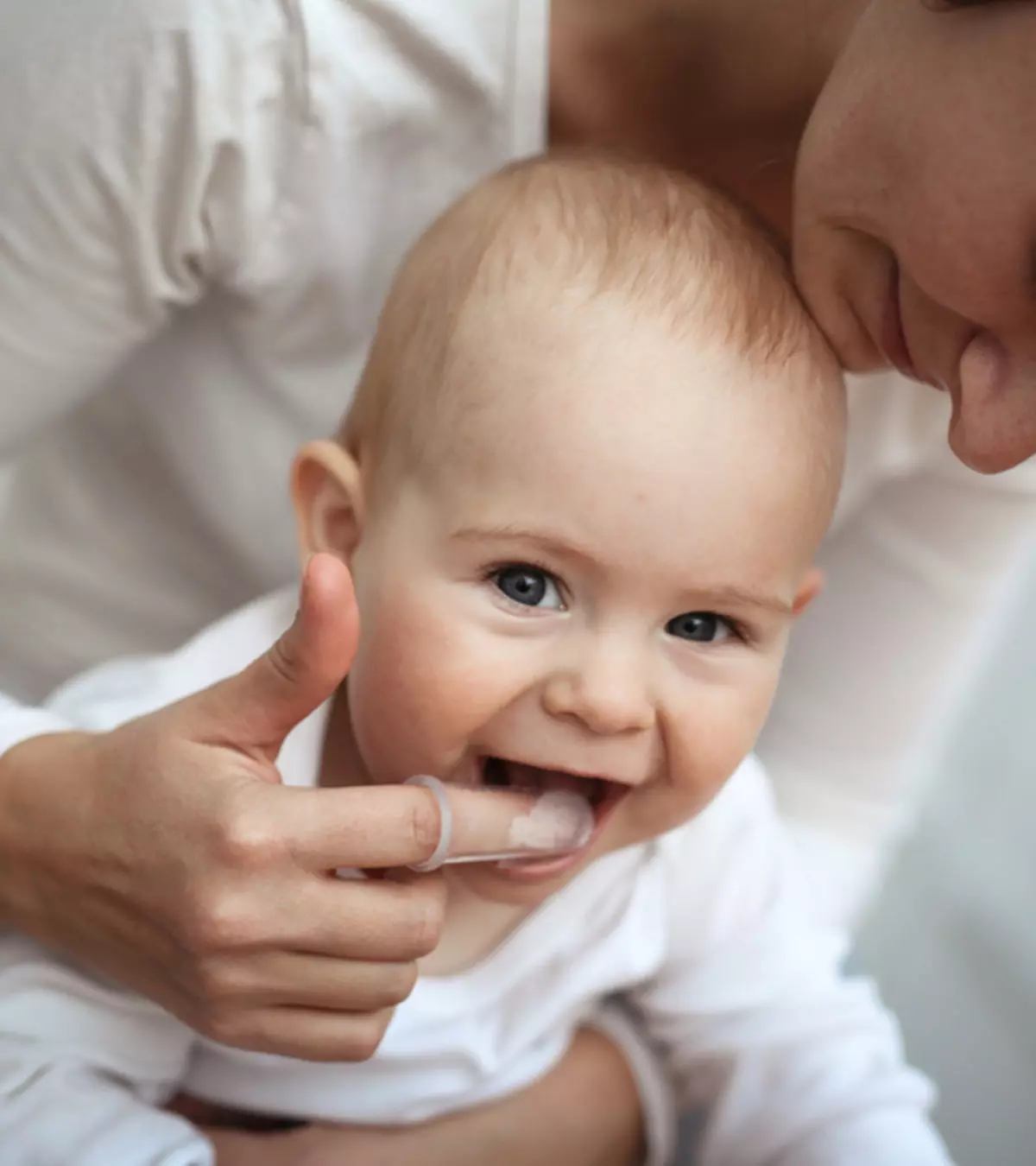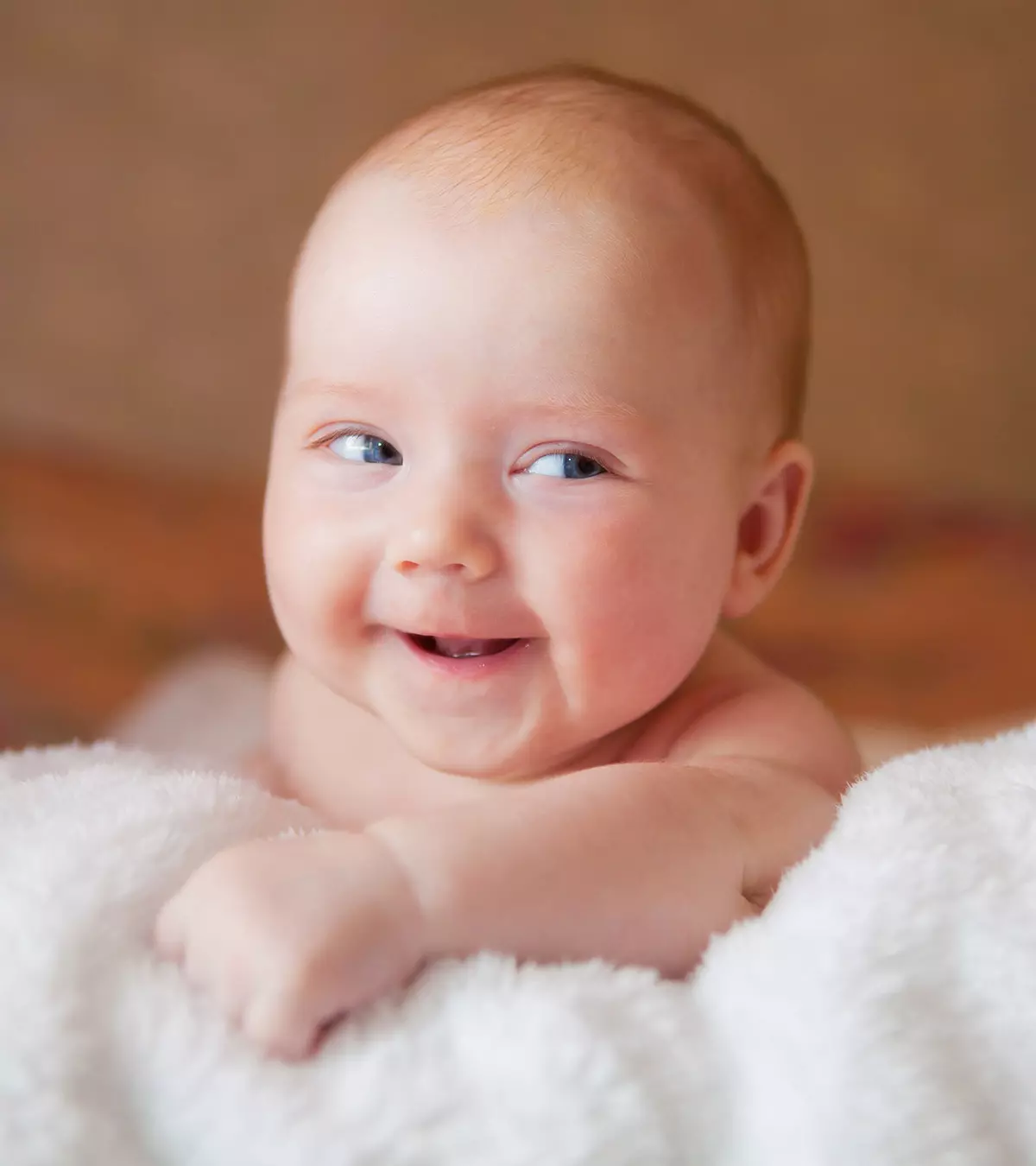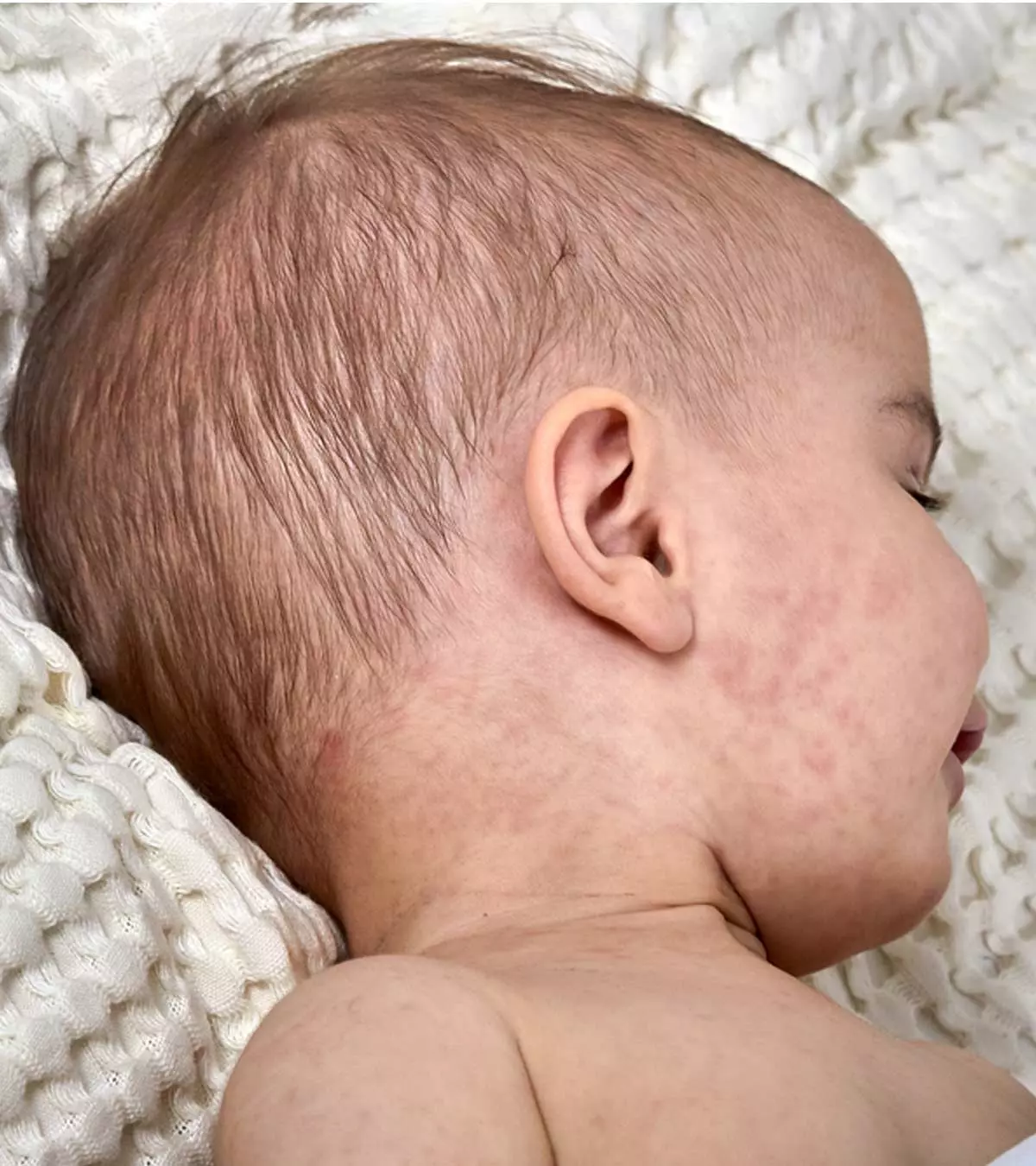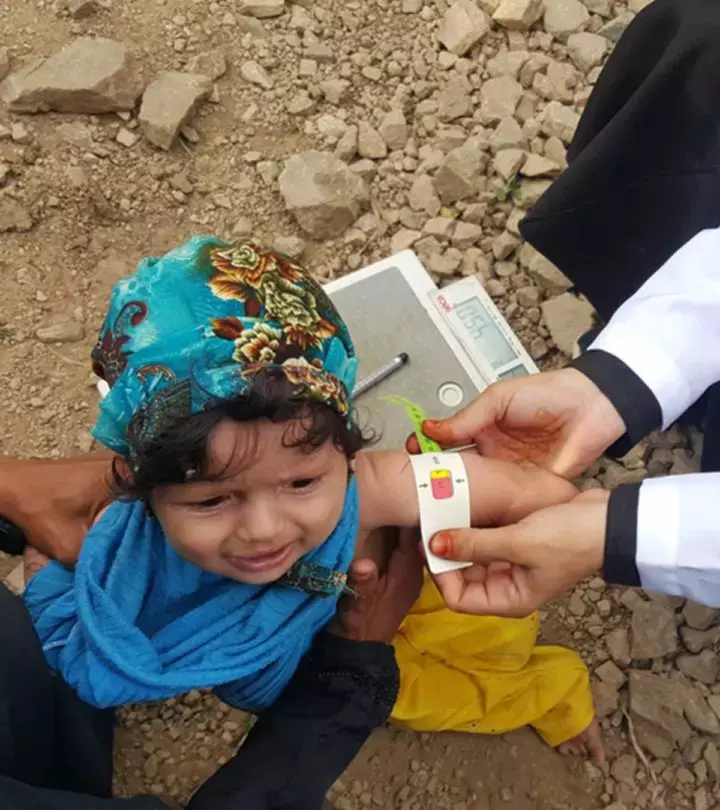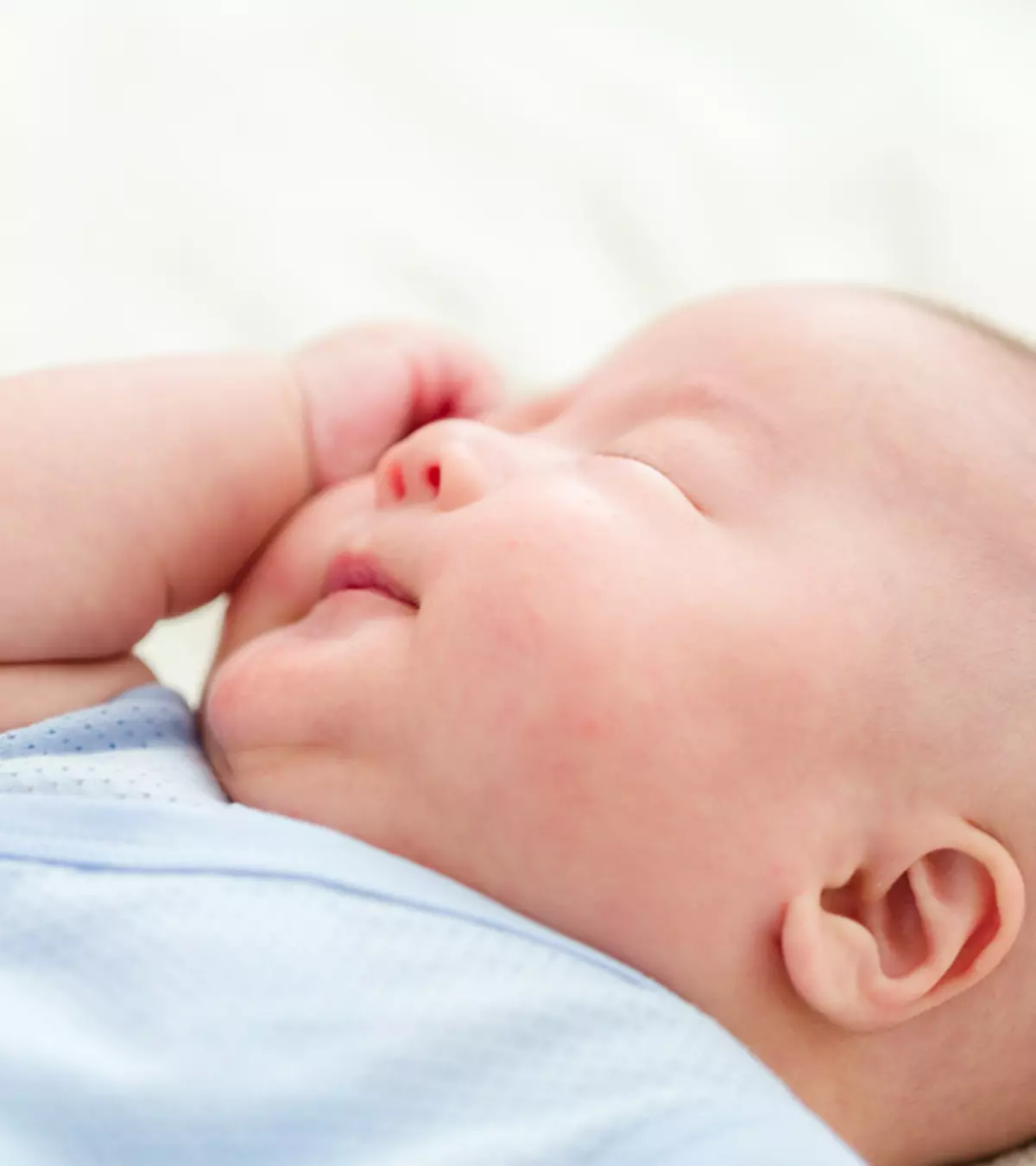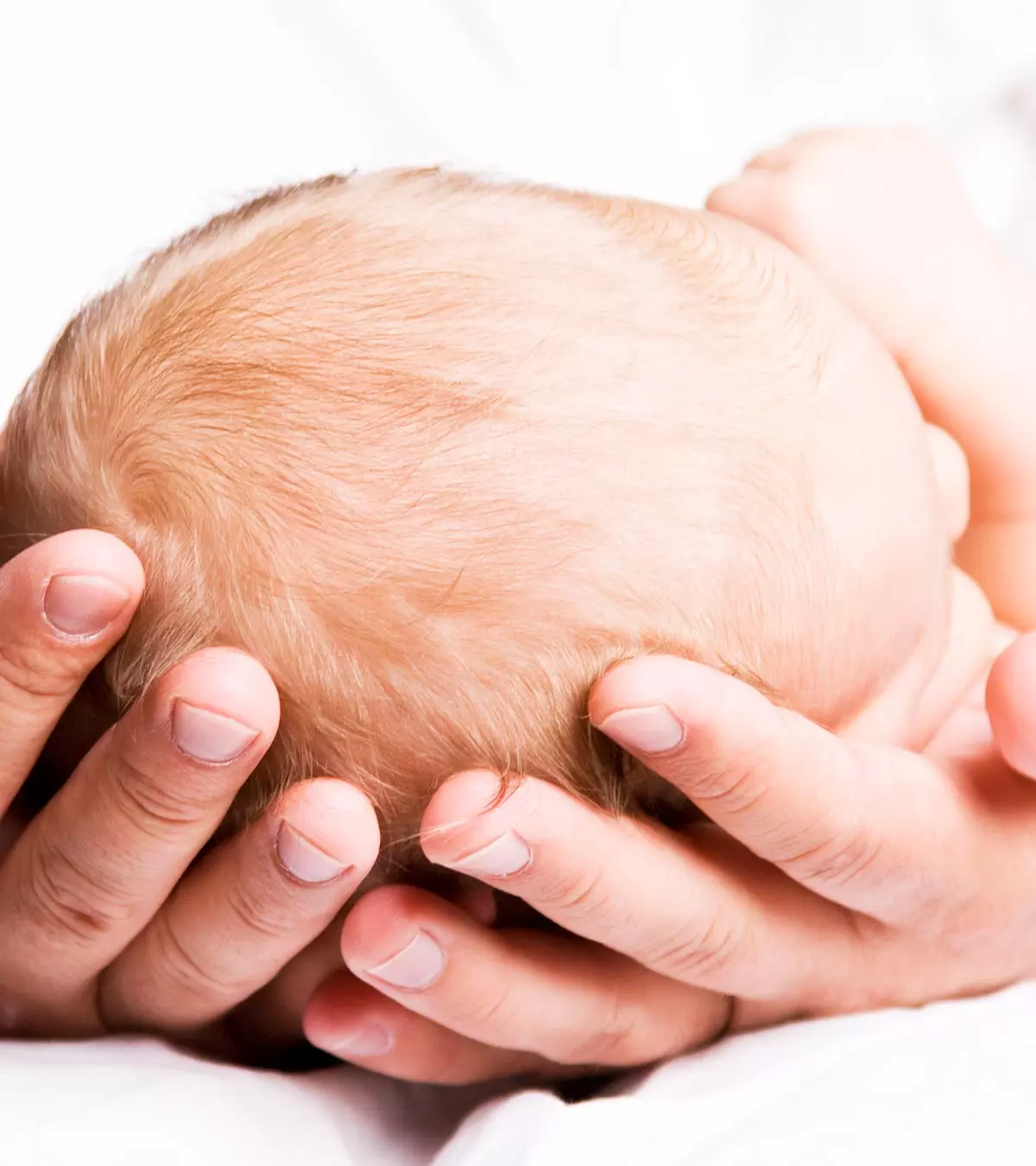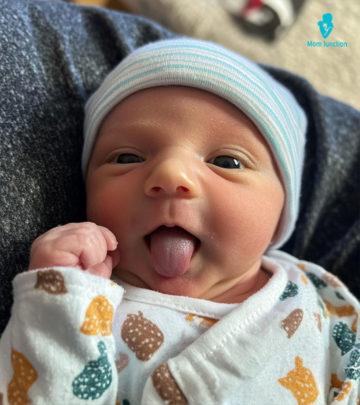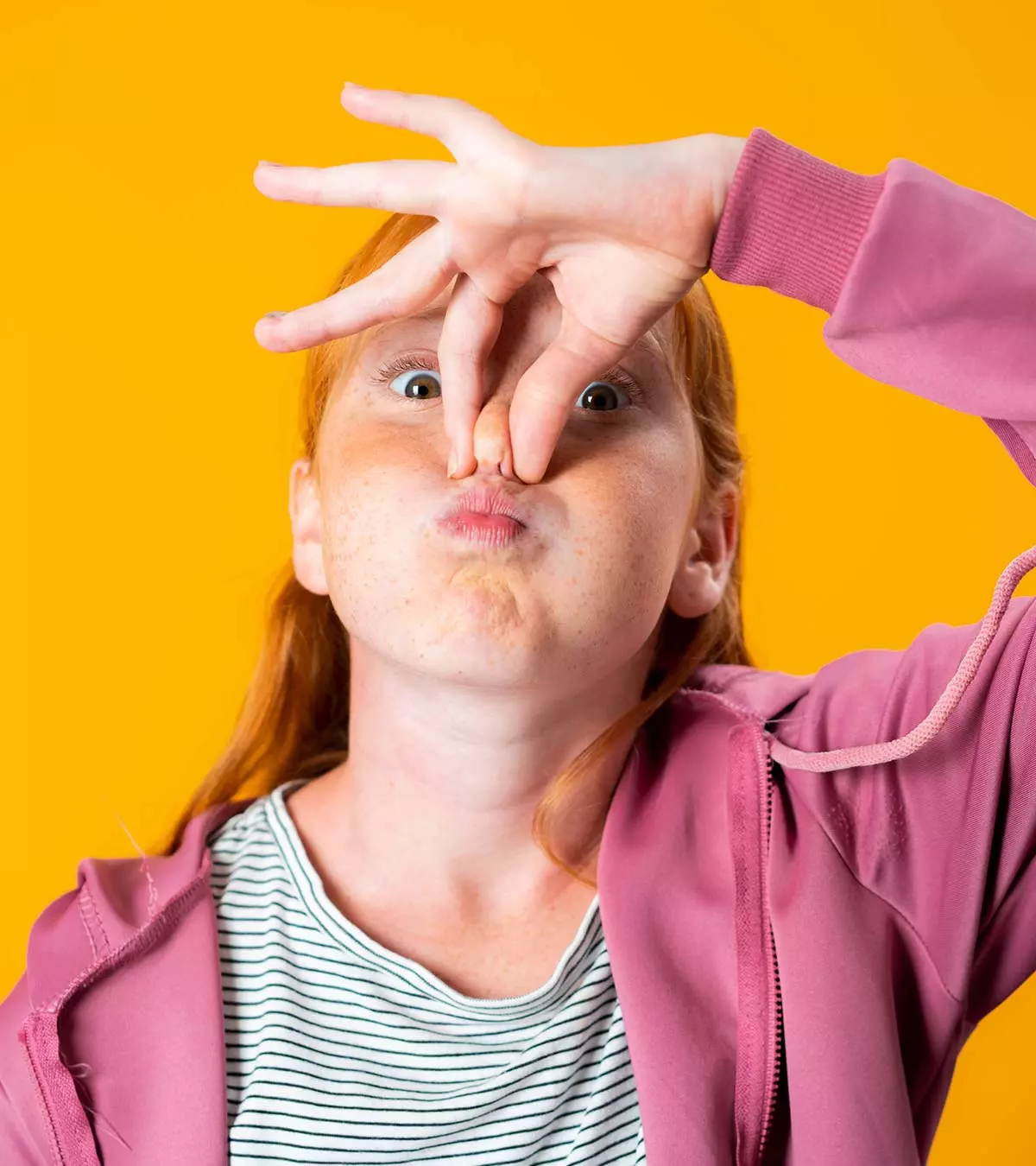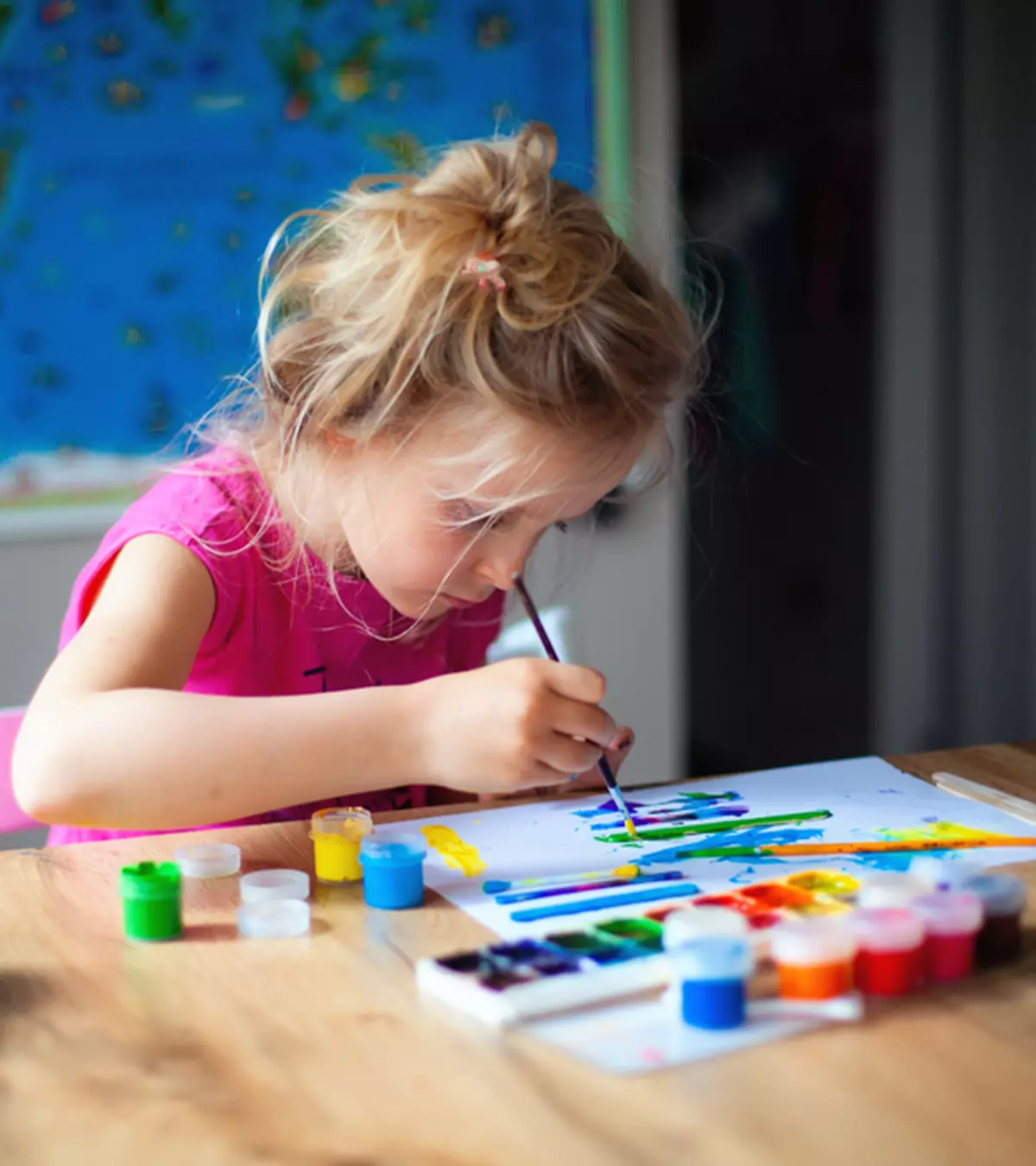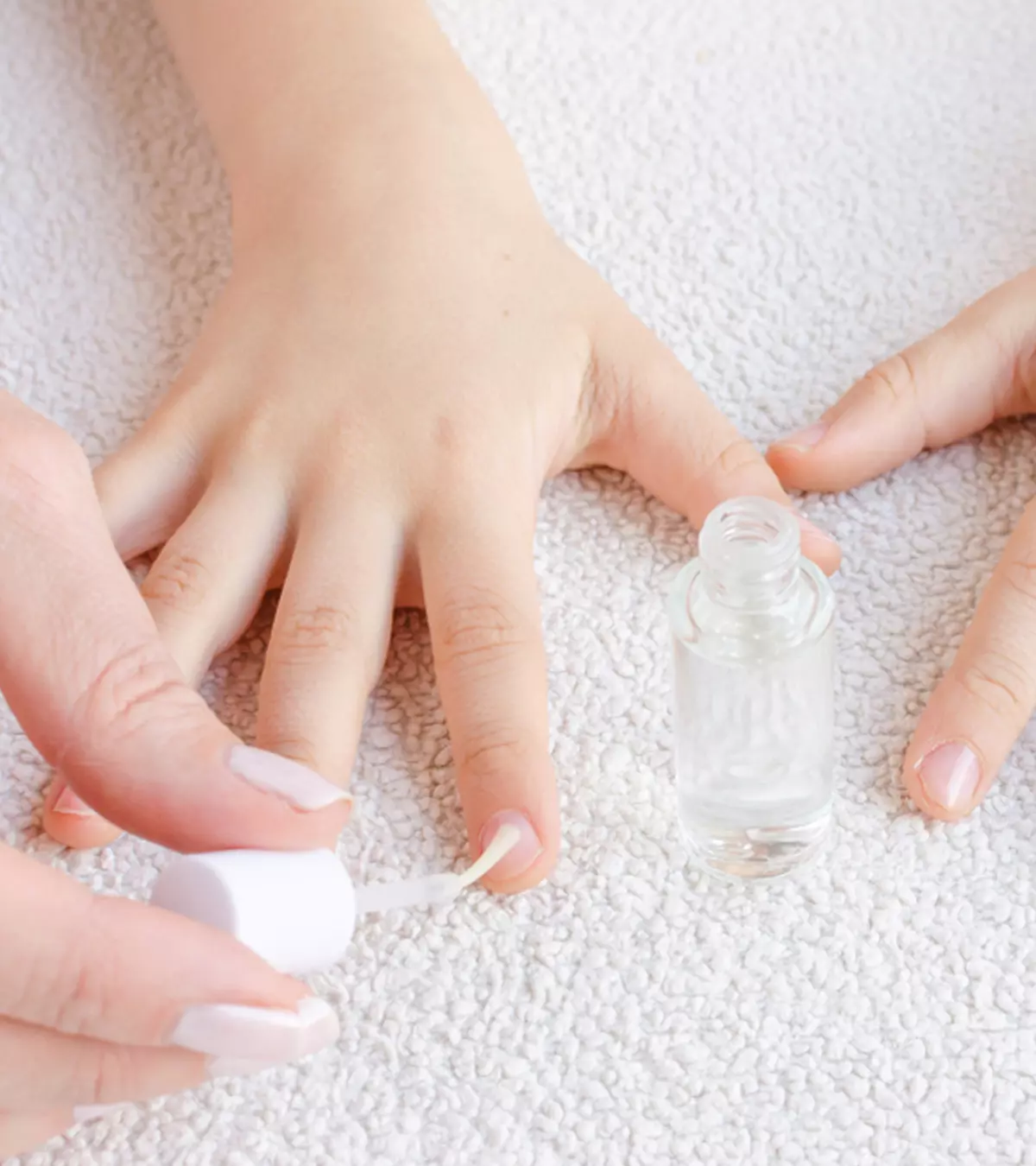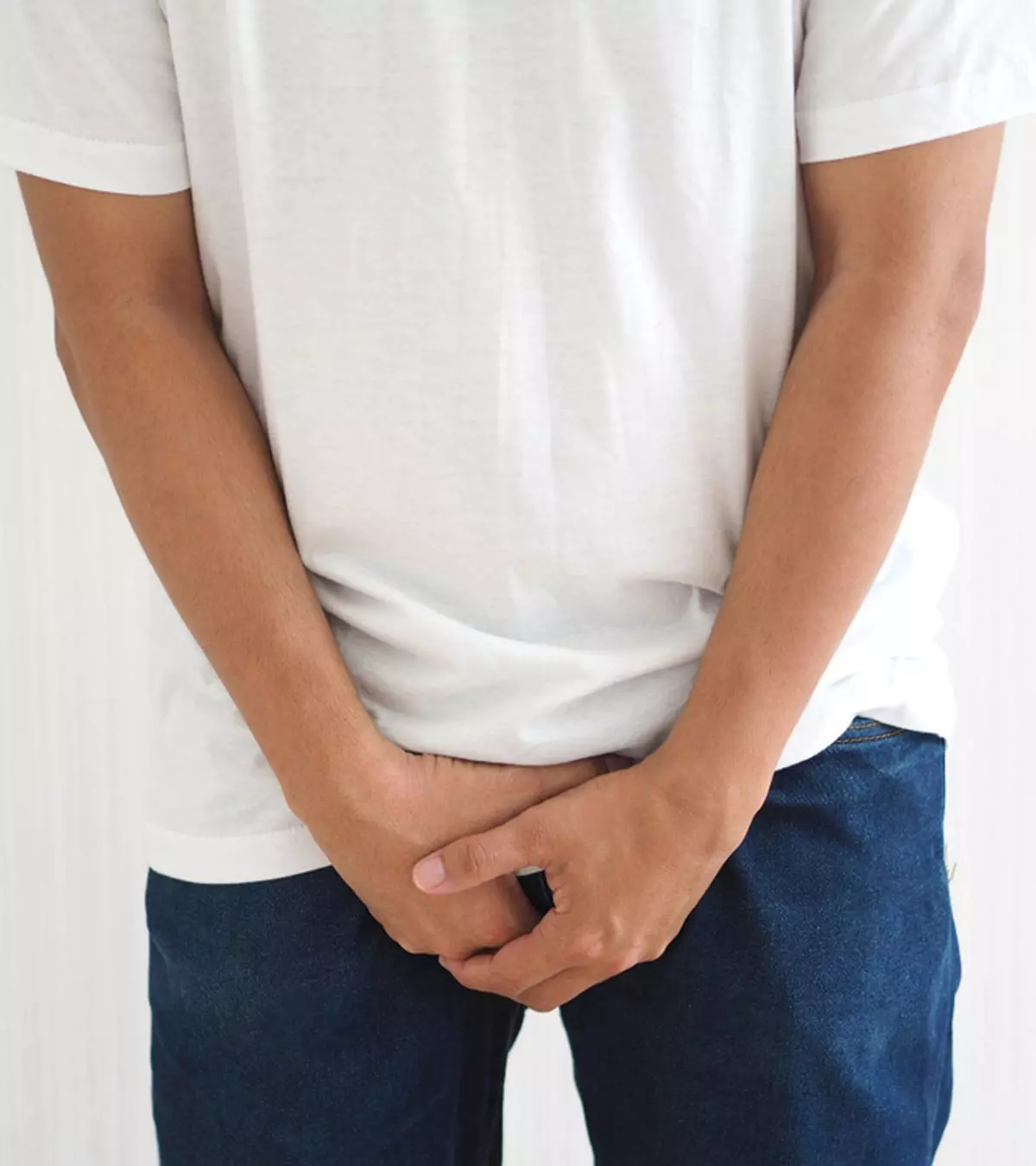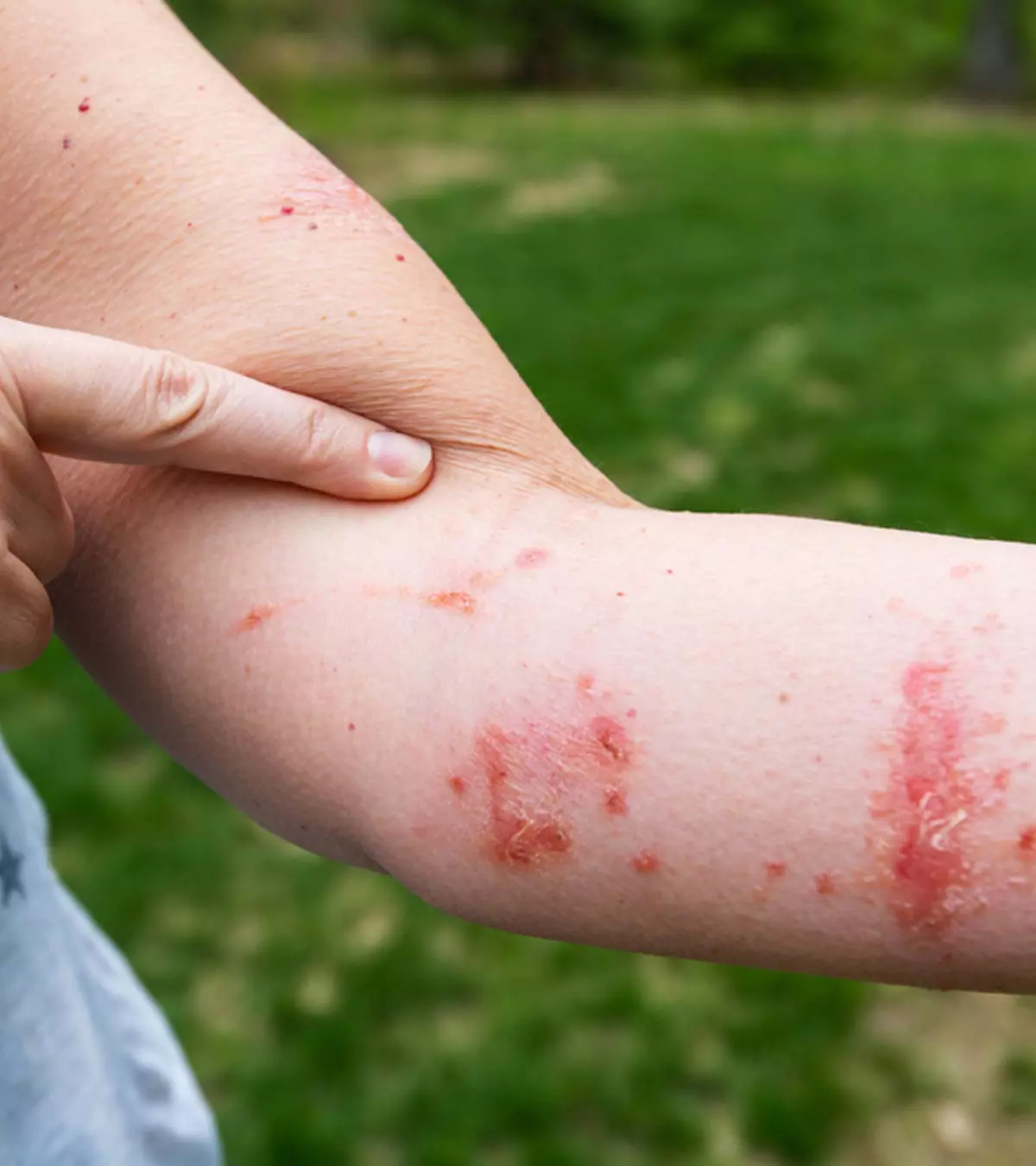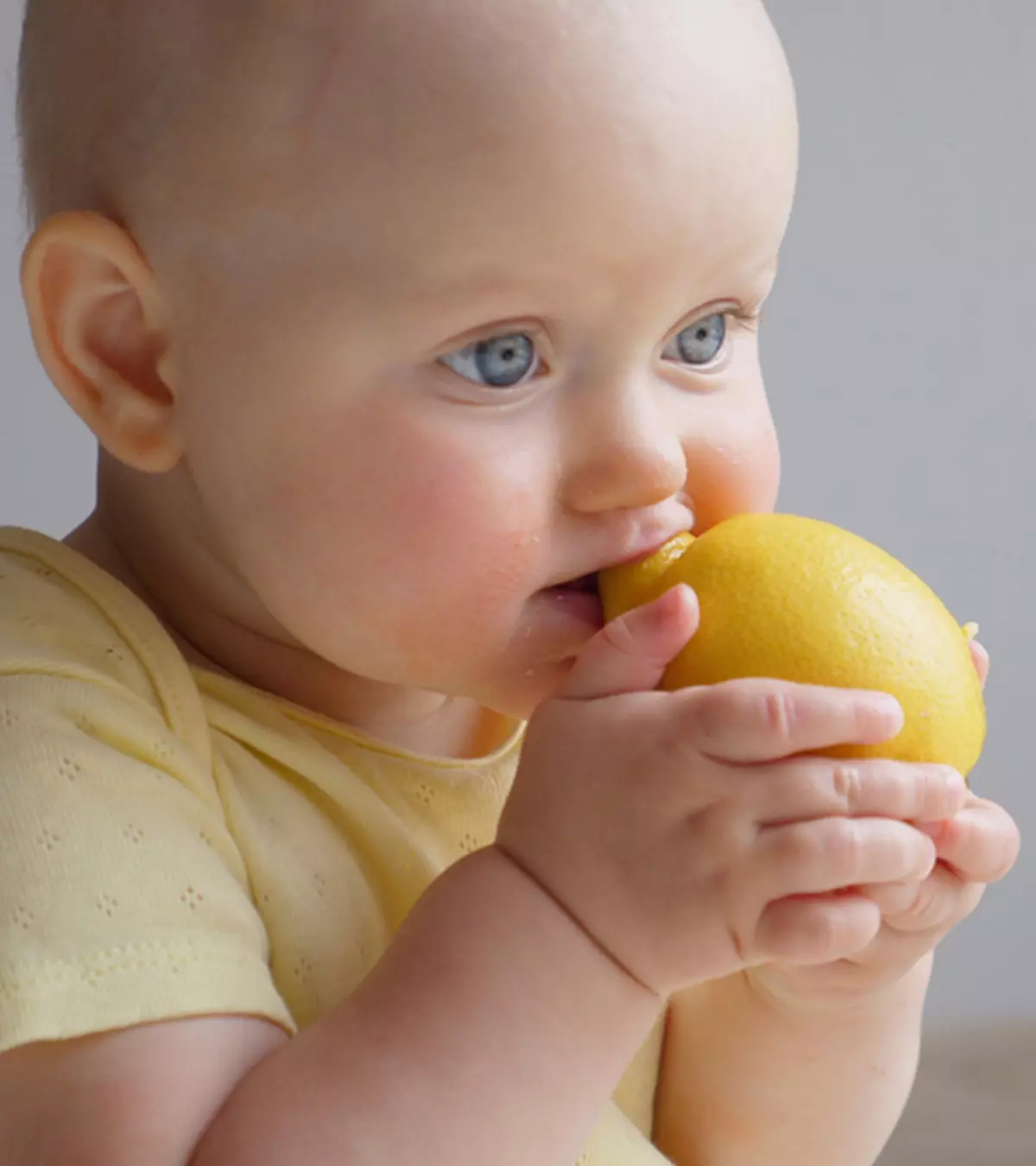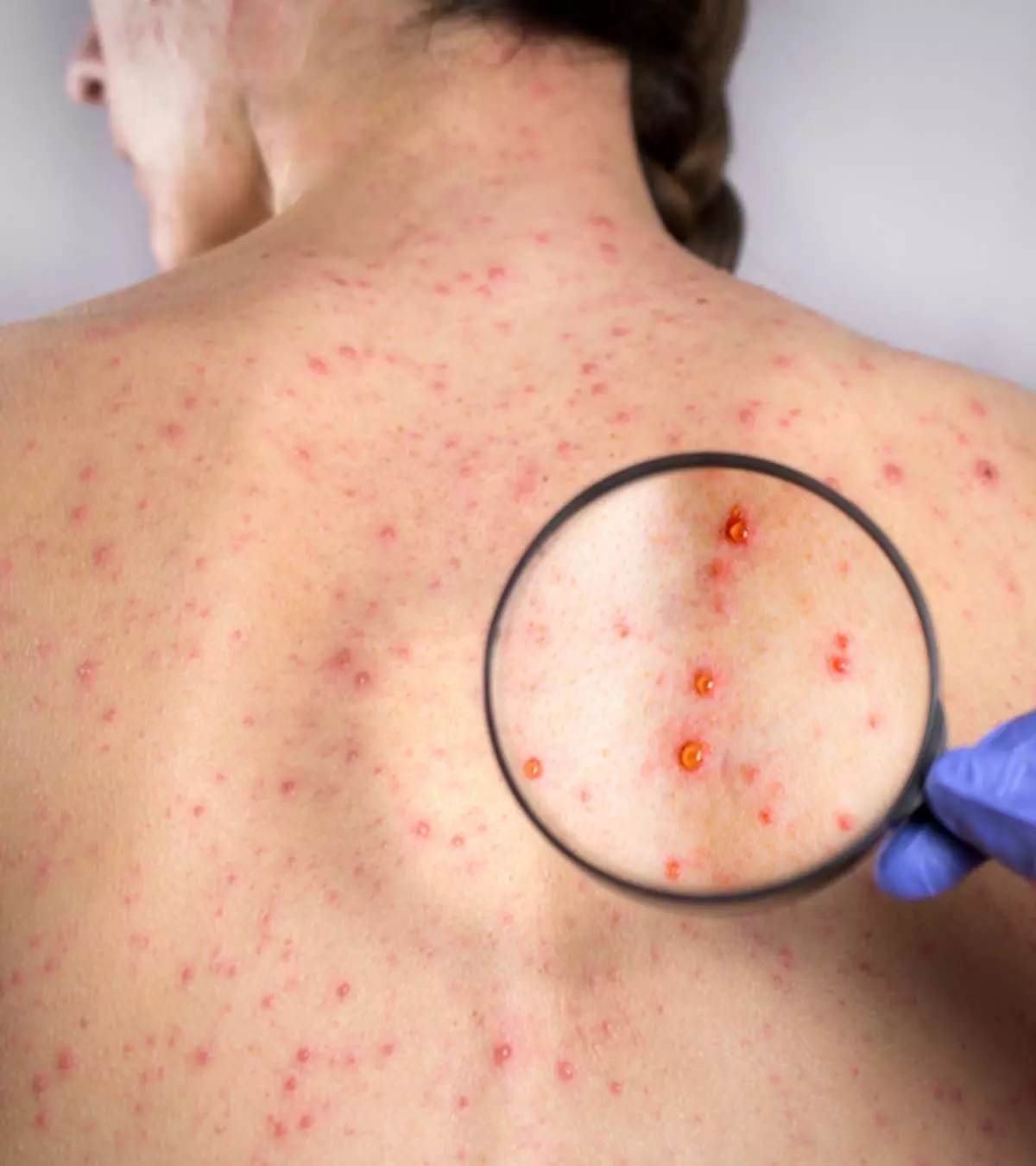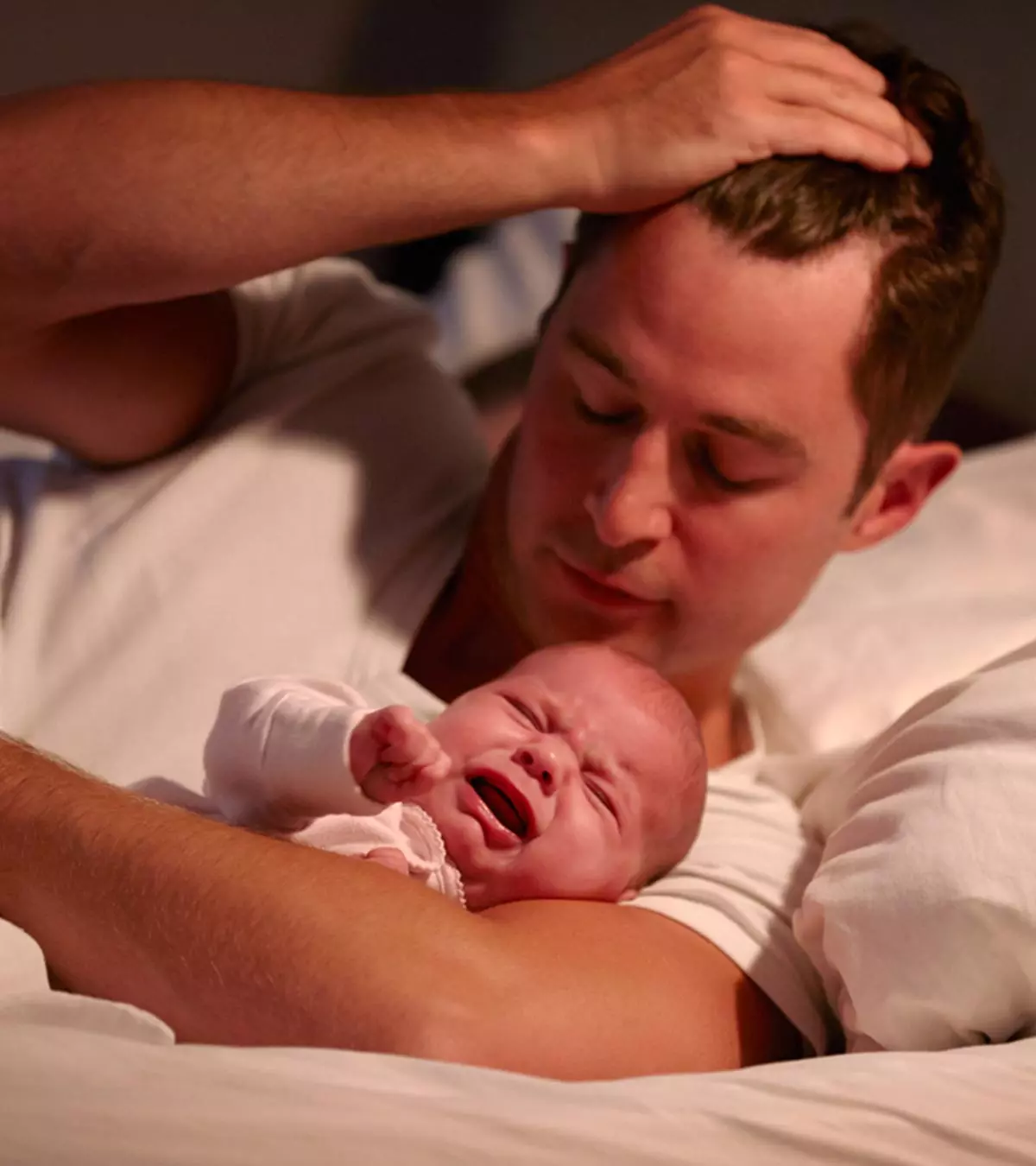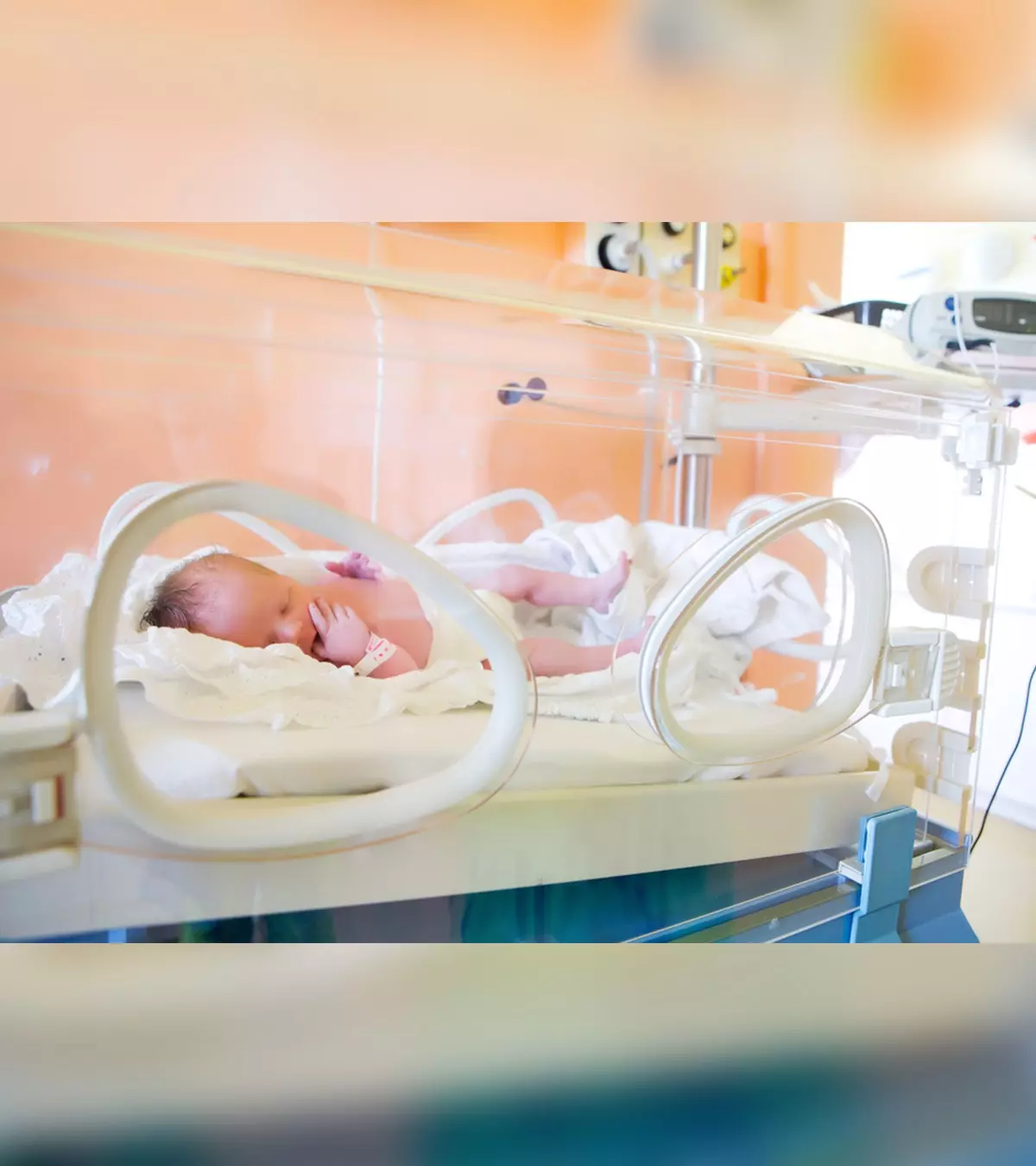MBBS, DCH, DNB

Dr. Pooja Parikh is a pediatrician with 11 years of experience in the field. Her medical journey has taken her from Rajkot (PDUMC) to Vadodara (SSGH) to Mumbai (Hinduja & Breach Candy Hospital). Currently, she is actively involved in critical, intensive, and general care of 0 to 18-year-olds in the port town of Gandhidham, where she was born and brought up. She believes that a doctor should ensure not only the absence of illness but also the procurement of overall good health.
MomJunction believes in providing the most accurate content to its readers. Hence we get our articles reviewed by highly skilled experts in the relevant fields. The articles are reviewed to ensure their authenticity, factual correctness, and relevance. The board members also add inputs drawn from their years of experience. Learn more about our medical review board.
